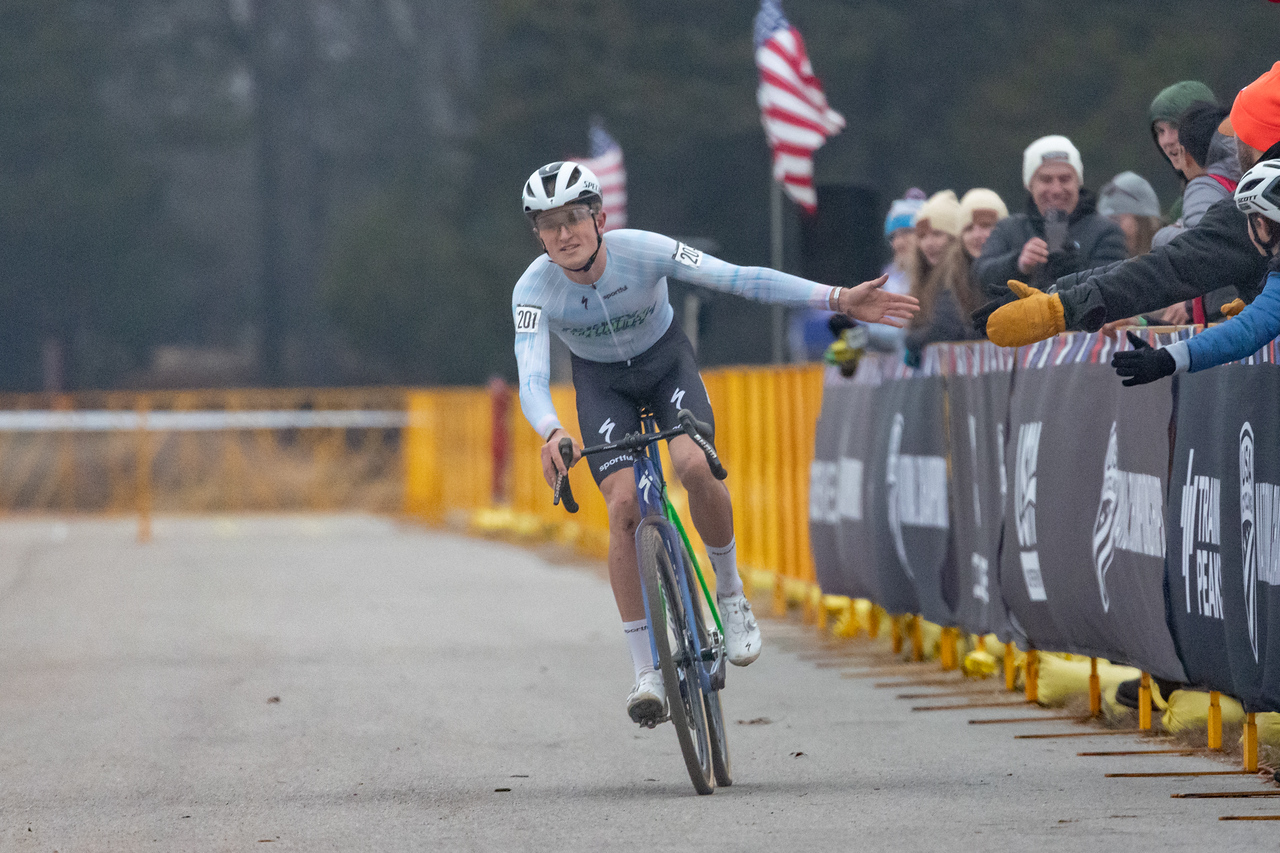Duggan: Liquigas-Cannondale need to be aggressive at Utah
Expect more attacks from US national champion
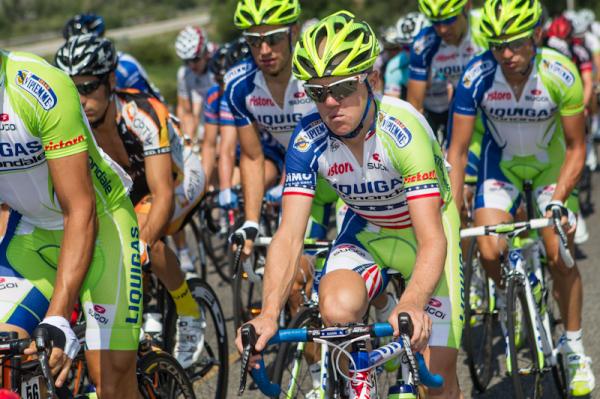
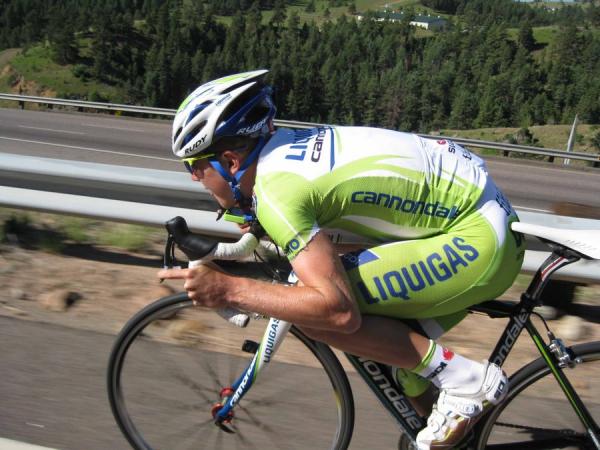
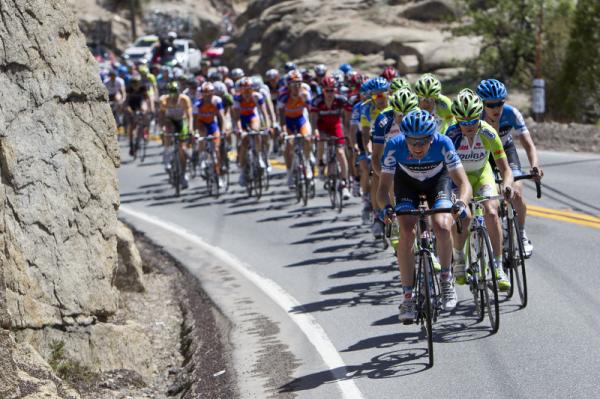
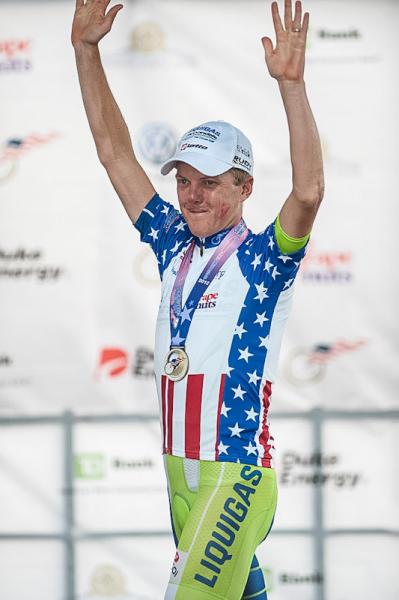
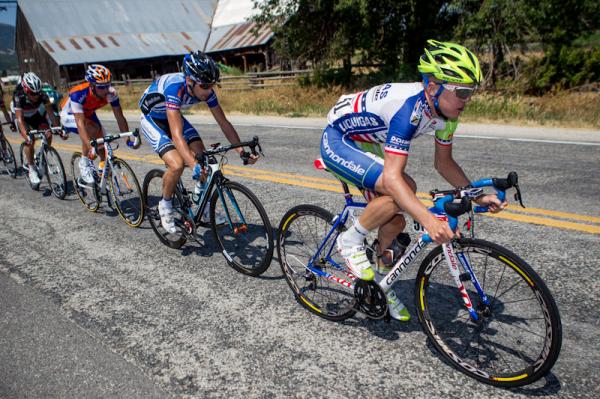
US professional road champion Timmy Duggan took his stars-and-stripes jersey on a day-long breakaway on Wednesday during stage 3 of the Larry H. Miller Tour of Utah, and for a brief time he was the virtual second-place rider in the overall competition behind fellow escapee Johan Tschopp of BMC. Duggan's escape didn't pay off with a win or a change in GC, but he said he'll be trying again and again throughout the rest of the week.
The Garmin-Sharp squad of race leader Christian Vande Velde eventually pulled the breakaway back near the end of the stage, and Duggan and Tschopp finished at the tail-end of a 60-rider lead group for 55th and 57th place. But the 30-year-old Liquigas-Cannondale rider, who currently sits 1:29 behind Vande Velde in 32nd, said it will take a similar concerted effort from multiple teams to break the stranglehold Garmin-Sharp currently has on the overall standings, with four riders occupying the top four spots.
"We have to be aggressive," Duggan said of his six-rider Italian-based team. "I hope that some of the other GC riders on other teams are going to have the same plan as myself and be aggressive, because the rest of us who aren't on Garmin have no choice; we have to go on the attack. I think there's enough teams that are in the same boat that it's going to be a pretty aggressive final two days of racing."
Duggan, Tschopp and fellow breakaway riders Thomas Rohregger (RadioShack-Nissan), Philip Deignan (UnitedHealthcare), and Michael Matthews, who eventually sprinted to the stage win, put Garmin-Sharp under a bit of pressure Wednesday and made the US-based team work hard to keep their team leader in yellow.
"We knew Tschopp and Timmy Duggan were the best [placed] guys in the move, and we didn't want to let them get more than three minutes so that it would come back on the final climb naturally," said Garmin's Peter Stetina, who currently sits fourth overall. "But then all of the sudden it was ballooning out to four, four-and-a-half minutes, and we started to panic. So that just made it a really hard day. [The race was] really fast all day, and there were a lot of dead legs by the end. It was one of the harder days, and I think it caught everyone by surprise a little bit."
Friday's stage 4 road race from Lehi to Xango HQ in Salt Lake City is a 216.2 km romp that is one of the flattest on offer this week, but Duggan said the team that blew everyone else out of the water during the stage 2 team time trial will have another hard day. "I think after riding 215 km in the heat tomorrow, that's not going to be an easy day for them," he said.
But the competition for the overall classification will begin in earnest when the race hits the Queen stage on Saturday and again Sunday on what some riders are calling "the King stage."
The latest race content, interviews, features, reviews and expert buying guides, direct to your inbox!
Saturday's stage 4 from Kimball Junction to Snowbird Ski Resort will cover 162.8 km and 3,048 meters of climbing. Starting and finishing in park City, Sunday's 123.5 km final stage will throw another 2,086 meters of climbing at the riders before the final podium and jersey winners are decided. The route covers terrain the race had never visited, including the scenic and private Wolf Creek Ranch, a 3.5 km climb with grades as steep as 22 percent. Crossing the Heber Valley, the race briefly re-visits Heber City and Midway before winding its way to the base of Empire Pass.
The Empire Pass climb comes 93 km into the race and sets the bar for difficulty in length and pitch. The 17 km ascent to the top of the pass has grades that reach near 20 percent. The day ends with a 13 km descent off Royal Street in the Snow Park area of Deer Valley. The stage offers one intermediate sprint and two KOMs as well as time bonuses at the finish for the top three.
Growing up in Missoula, Montana, Pat competed in his first bike race in 1985 at Flathead Lake. He studied English and journalism at the University of Oregon and has covered North American cycling extensively since 2009, as well as racing and teams in Europe and South America. Pat currently lives in the US outside of Portland, Oregon, with his imaginary dog Rusty.
